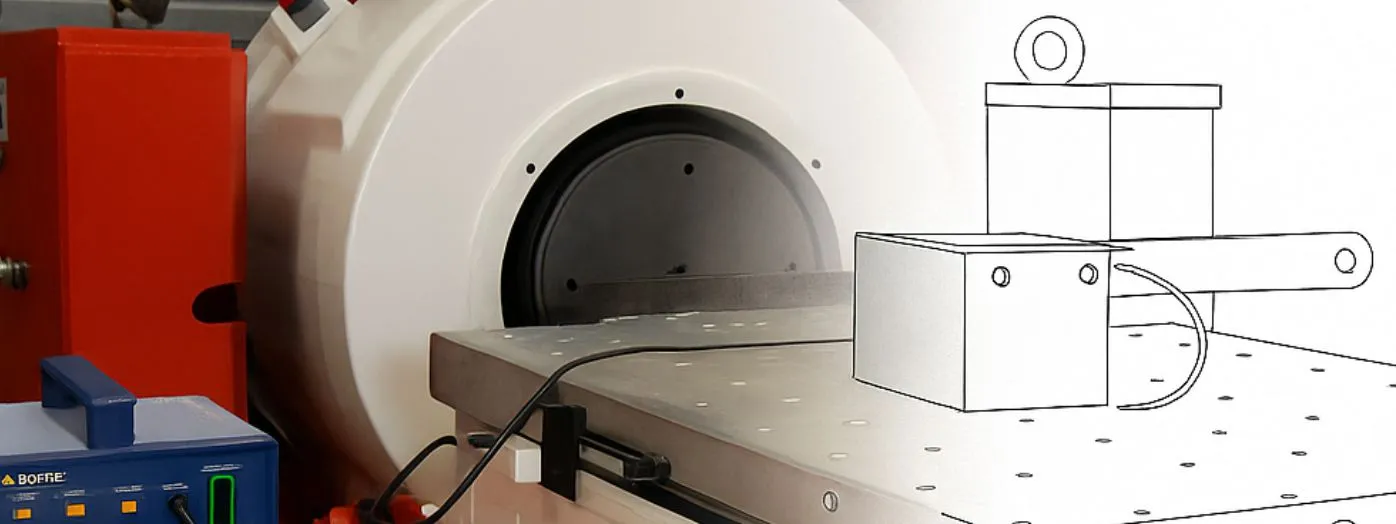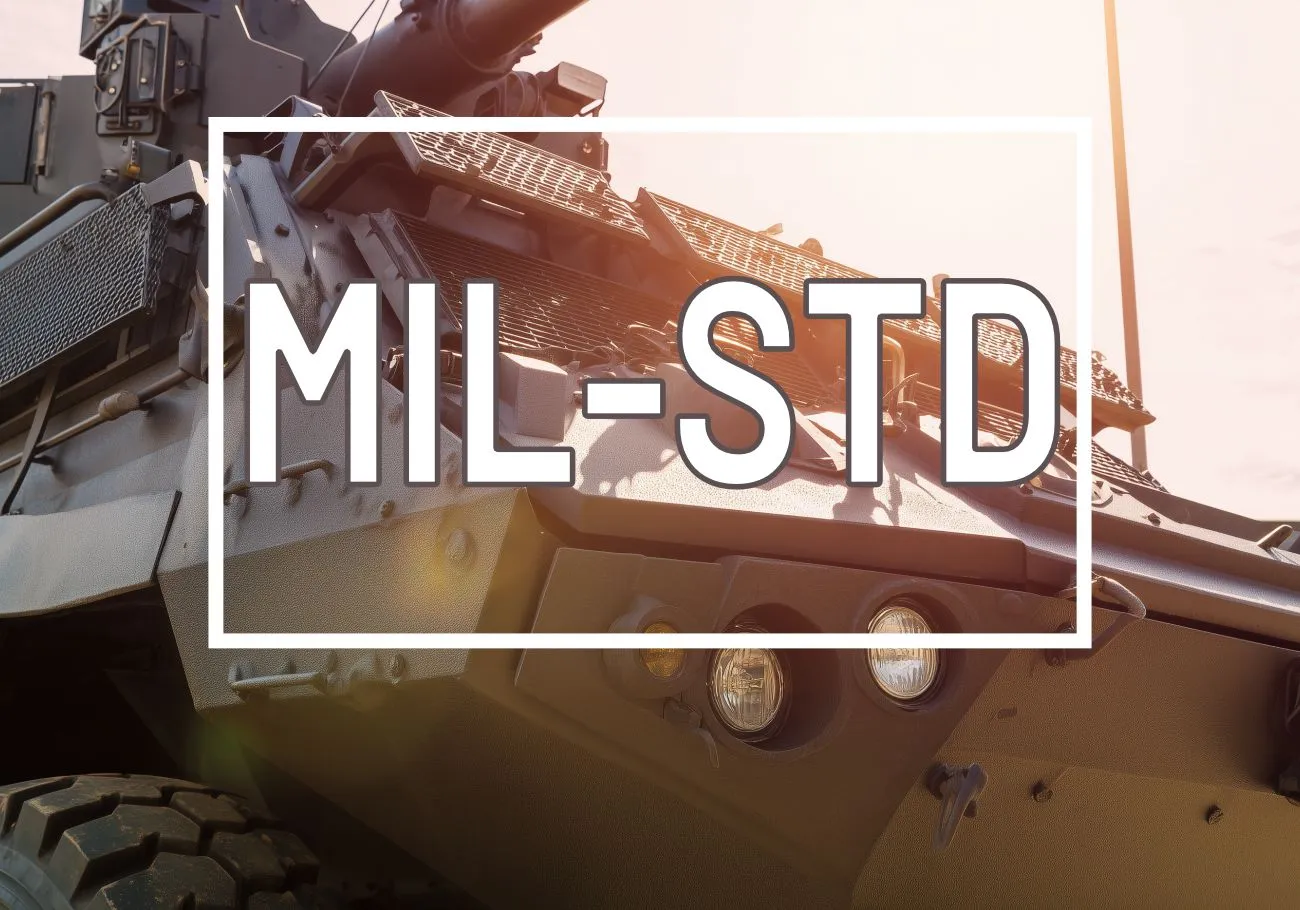Correlation between calculations and tests
Optimise the design of your products and validate modifications with a justification note
Why correlate calculations and tests?
- Establish rigorous validation of numerical models by comparing simulations with experimental data and thus adapting the theoretical parameters of the virtual model by replacing them with the real parameters from measurement.
- Optimise product design by adjusting models based on real results.
- Reduce the number of physical prototypes and speed up the development process.
- Improve system robustness and reliability through accurate modelling.
- Ensure compliance with product qualification standards and regulations.

Our calculation/test correlation services
We support manufacturers in optimising and validating their digital models through several specialised services:
- Validation of digital models through experimental testing.
- Optimisation of mechanical simulations to improve the prediction of real-world behaviour.
- Parameter adjustment and model recalibration through modal basis comparison.
- Implementation of experimental plans combining testing and simulation.
- Use of advanced correlation tools (MAC, modal errors, frequency analysis).
Examples of industrial applications
Approach and methodology adopted for the calculation/test correlation
Defining objectives and preparing tests
- Analysis of the numerical model and calculation assumptions.
- Definition of the experimental protocol and selection of suitable sensors.
- Set up boundary conditions and representative loads.
Experimental trials
- Acquisition of vibration, thermal or mechanical data.
- Recording of system responses under different excitations.
- Extraction of eigenmodes and resonance frequencies.
Talk to our experts in calculation/test correlation
Correlation and recalibration of models
- Comparison of modal bases from tests and simulations.
- Calculation of MAC (Modal Assurance Criterion) and modal deviations.
- Adjustment of model parameters to minimise discrepancies.
- Final validation and improvement of numerical predictions.
Integrate the calculation/test correlation into product development
Our solutions enable manufacturers to optimise their product design by reducing uncertainties in digital models. Our experts assist you with:
- Analysing discrepancies between simulations and experimental tests.
- Improving digital models by recalibrating parameters.
- Validating designs prior to industrialisation to avoid additional costs.
Tools and technologies used
We use state-of-the-art software and methods to ensure reliable correlation:
- Experimental and numerical modal analysis.
- Finite element method (FEM) for modelling.
- Model recalibration and optimisation tools.
- Model reduction techniques for rapid simulations.
Standards and documents covered
- Our correlation methods comply with the main norms and standards:
- ISO 10816 / ISO 7626: Vibration monitoring of structures.
- MIL-STD-810 / RTCA DO-160: Environmental qualification of equipment.
- ASME / RCC-M: Verification of pressure equipment and mechanical structures.
- Eurocode 8: Validation of structures subjected to seismic loads.
Why choose the Emitech Group?
- Dual skills: mastery of multiphysics simulations and experimental testing in our laboratories.
- Varied test resources: vibration, shock, thermal, fatigue, crash, EMC, enabling full correlation.
- Sector-specific expertise: solutions tailored to the constraints of the aerospace, automotive, rail, energy and nuclear industries.
- Advanced tools: finite element calculations, experimental modal analysis and correlation criteria (MAC, modal errors, registration).
- Tailor-made support: from gap analysis to regulatory justification, including final design validation.
Needs
Discover a selection of additional resources that explore topics related to this page including regulatory contexts, technical articles, and specific areas of expertise. These materials provide further insight to help you better understand the key challenges and available solutions.
Contact us for a quote












